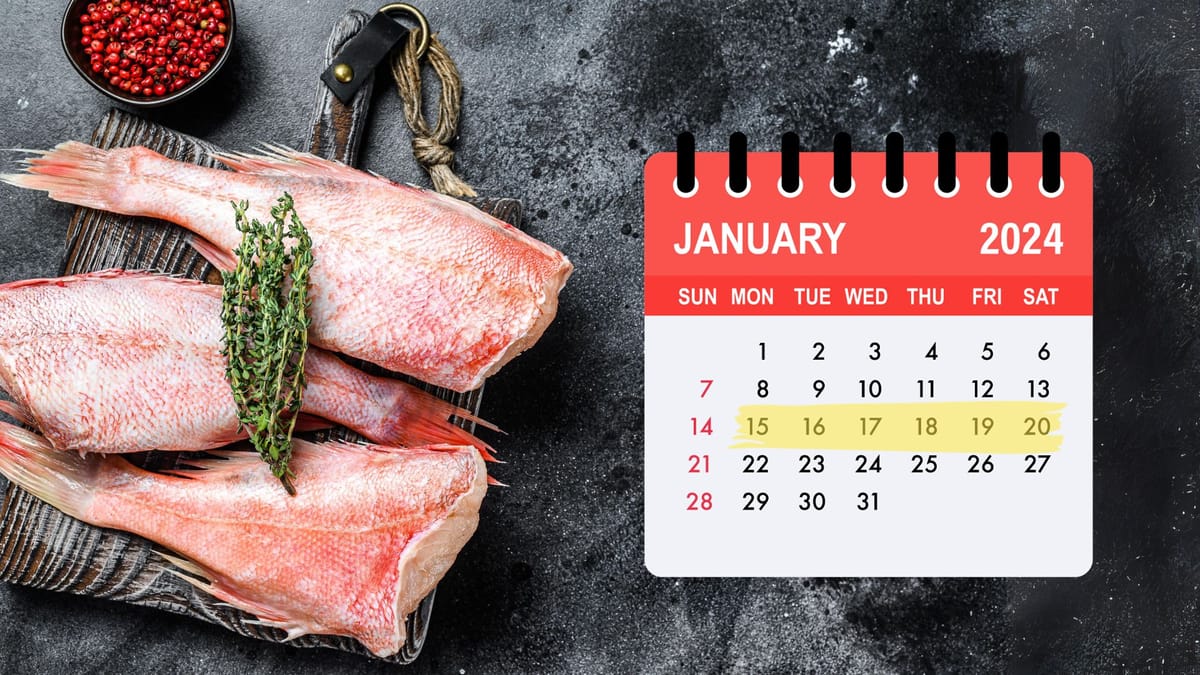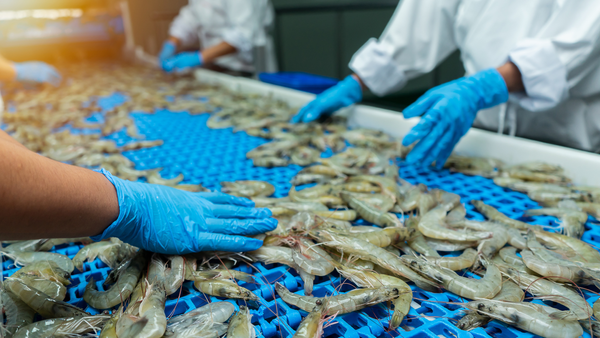Coming this Month: Expanded SIMP Reporting for Snapper

Don't say we didn’t warn you about this one! Starting later this month, US imports of red snapper will have to include the name, flag and fishing permit information for all contributing harvest vessels—regardless of their size. Until now, NOAA’s Seafood Import Monitoring Program (SIMP) has had a blanket exemption for reporting identifying information for small vessels and farms. This action removes the exemption for wild caught Northern red snapper only.
The limitations of SIMP to detect imports of illegally harvested Northern red snapper were highlighted by NOAA in its 2021 report to Congress and the now-withdrawn 2022 proposal to expand SIMP. The agency’s argument focused primarily on persistent illegal fishing of this species by Mexican lanchas, which are small vessels. Congress took a substantial step toward closing this gap by including the following language in the Fiscal Year 2023 National Defense Authorization Act:
“Beginning not later than 1 year after the date of enactment of this Act, for the purposes of compliance with respect to Northern red snapper under the Seafood Import Monitoring Program, the Secretary may not allow an aggregated harvest report of such species, regardless of vessel size.”
The 1-year implementation deadline has already passed, but Customs and Border Protection recently told customs brokers to expect this change to become mandatory sometime after January 13. We expect the requirement will go live during the week of January 15, 2024, which means that imports of Northern red snapper en route to the US now should include this information.
Who This Impacts
The new reporting requirement applies to imports under two US Harmonized Tariff Schedule codes associated with Northern red snapper (0302895058 and 0303890067) if Northern red snapper or a more generic snappers species code is the selected species. A public notice announcing this change in plain language was not published in the Federal Register, so the most thorough description of how this change is being implemented can be found in a technical update to brokers here.
To get a sense of which countries might be impacted, we looked at US imports under these tariff codes in 2022 and found they came from these 24 countries:

Northern red snapper is not the only species subject to illegal fishing by small vessels, so we will continue closely tracking this space to see if the small vessel reporting exemption under SIMP ends up being removed for additional species. Direction could come from Congress at any time.
Importers: if you would like to ensure all of the required information is included for your imports, ask your suppliers for a Goldfish report, which includes:
— Sourcing data requirements for 6 US seafood import regulations.
—Checks for conflicting information.
—Screening against blacklisted and banned fishing vessels for US import.
—PDF, CSV and JSON formatting options designed to work for your management system, your suppliers’ record keeping and your broker’s software.





